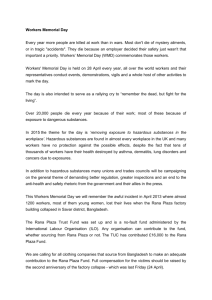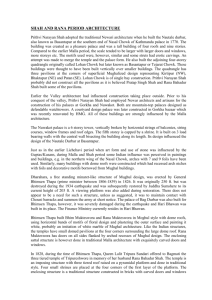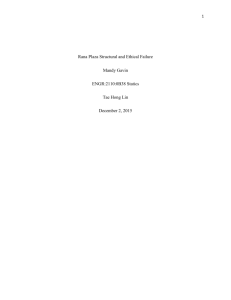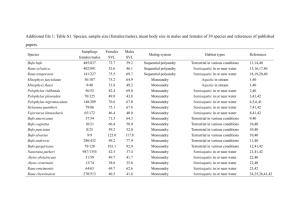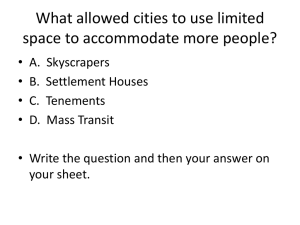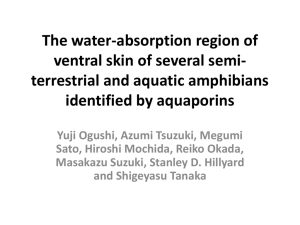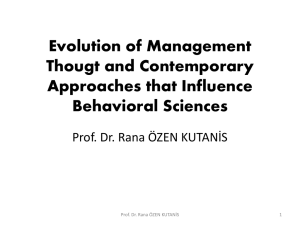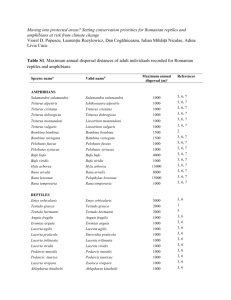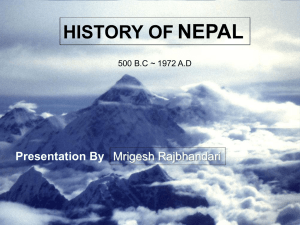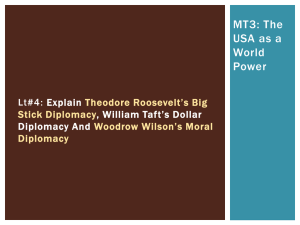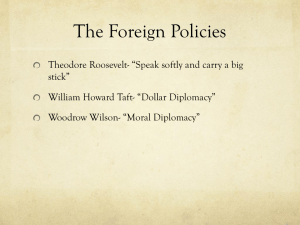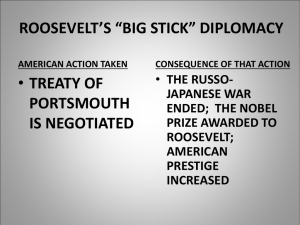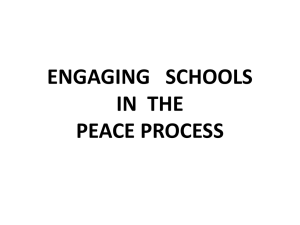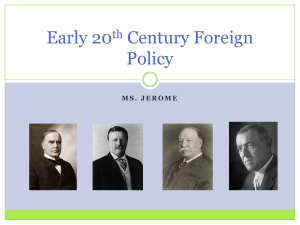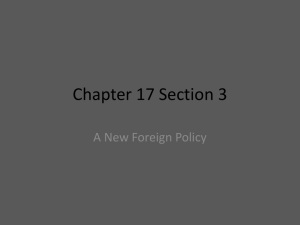Economic Diplomacy-
advertisement
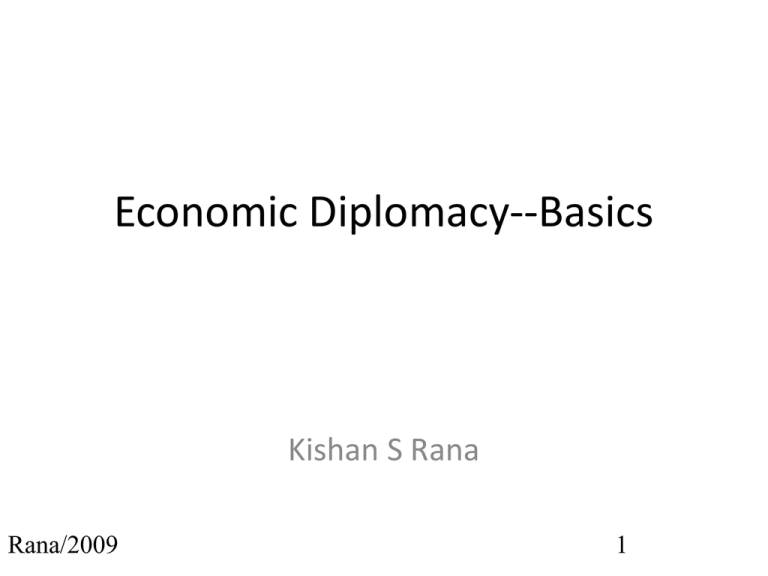
Economic Diplomacy--Basics Kishan S Rana Rana/2009 1 1. Key Drivers A. MFA not exclusive, even primary, contact channel -must coordinate other agencies, sub-state entities B. Non-state actors, T2 & T3 growing, have to be coopted; may be unpalatable C. Issues have multiplied, intertwined D. Networking with own + foreign companies, chambers, thinktanks, academia vital for eco dip Rana/2009 2 1. Continued E. Heads are hyper-active, huge growth in summits, direct diplomacy, ‘illusion of familiarity’; role of MFAs has grown F. Commodification of information, velocity of change G. Good governance, ‘value diplomacy’ pose challenges (NEPAD in Africa) Rana/2009 3 1. Continued H. G. Impact of ICT, makes possible MFA- embassy integration, new concept I. Wider spectrum of representation within embassy abroad, ‘CEO amb’ concept; management challenges J. MFA and eco ministries need to work together, for best external projection Rana/2009 4 2. Role of Economics • • • It lies at the center of diplomacy. This was always true in the historical past (e.g the Amarna archives of Middle Egypt 1460-1220 BC) Does flag follow trade (as with East India Co)? Often. Flag & trade are inter-twined Today economics often determines politics (USChina, but in South Asia ?) Rana/2009 5 3. Who Handles Economic Work? • UNIFIED – Australia, Canada, Sweden. • PART-UNIFIED –UK, Japan (only for aid). • THIRD AGENCY – Singapore. Rana/2009 • COMPETITION – India, Mexico, Thailand. • MFA ABDICATION – China, Germany. There are other variations. 6 3. (Cont) Stages Progressive stages, exist concurrently • Salesmanship: Pushing exports, attracting FDI, focus on market entry, brand credibility, self-introduction • Networking: Building local connections, links between counterpart agencies, public diplomacy, broad outreach • Regulation: Negotiating accords on DTA, investment protection, trade preferences, FTAs & RTAs; enforcement Rana/2009 7 3. (Cont) • Advancement of national economic interest is at core of external relations • Turf battles leave only losers • Winners practice ‘whole of government’ methods, with unified policy direction • Embassies abroad are essential action tools • High opportunity cost of embassy under-use Rana/2009 8 4. Country Promotion & Image • Need to show country brand in ‘powerful, attractive and differentiated way’; but must be rooted in reality • Image affects all aspects of external dip • Many pursue branding and re-branding • Many examples, results not always clear Rana/2009 9 4. Continued • ‘Brand audit’ establishes base line, need honesty, objectivity • Public-private partnerships work best, both in home and target country • Using local partners adds to credibility • Should guard against over-marketing Rana/2009 10 4. Continued • ‘India Brand Equity Fund’ is innovative PPP device -in comparison with other countries • Perhaps need review to optimize it further • Some integration with tourism marketing also worthwhile • Media have produced innovative models of their own; should be encouraged Rana/2009 11 5. Promotion Methods • Assess real situation, objectively. • Using both wide catchment creation and pursuit of specific targets. • Using locals + “success stories”. • Outreach, integrating all diplomatic sectors, from culture to consular services + other agencies + diaspora. • Mobilize regional approach. Rana/2009 12 6. FTAs • Asia-Pacific: total of 77 FTAs signed, 65 under negotiation, at bilateral level • All FTAs involve some pain; key issue is net gain, seen in dynamic manner • FTA negotiations hinge on preparation, anticipation of partner’s perspective, interests • Harvard Negotiation method Rana/2009 13 6. Continued • South Asia is the world’s least integrated region • Analyze Sri Lanka + other FTA lessons • Take long view of national interests, moving beyond today’s concerns • Painless FTAs do not exist • Need integrated view of our objectives in target markets Rana/2009 14 7. Role of Innovation • Comment by one scholar: “Diplomacy is about nothing other than innovation.” • Examples: -- ‘Team Canada’ initiatives, using PPP models. --Indo-British Partnership: focused, self-financed counterpart programs. -- Singapore’s EDB; India’s ‘Team 9’ in Africa. • Integrate eco dip into total diplomacy Rana/2009 15 8. Conclusion • Target-setting through consultation, pursuing unified strategy • Building promotional networks, at home and abroad • Sustaining ‘whole of government’ approach • Better utilization of embassy networks • Vision, holistic actions, sustained pursuit Rana/2009 16

